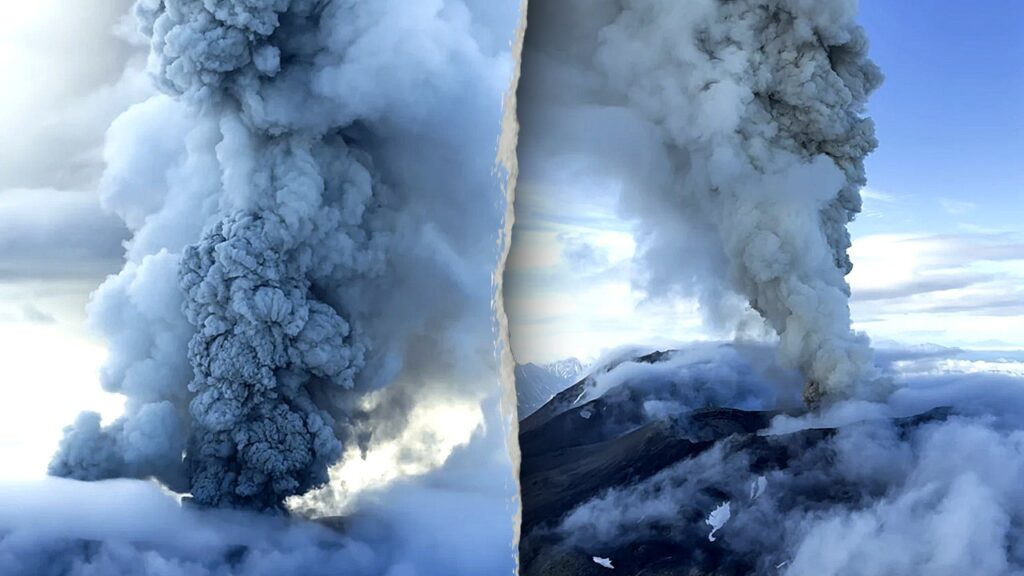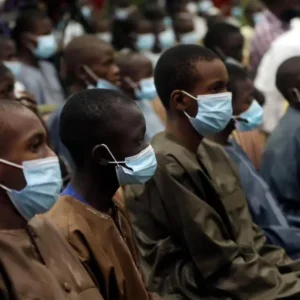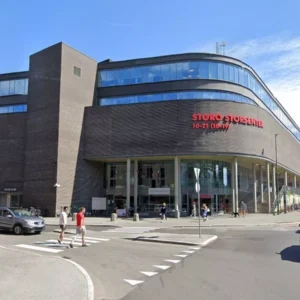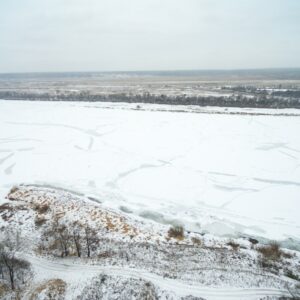A long-dormant volcano on Russia’s remote Kamchatka Peninsula erupted overnight into Sunday for what scientists say is the first time in centuries, just days after a powerful 8.8-magnitude earthquake rocked the region.
The Krasheninnikov volcano, located inside the Kronotsky Nature Reserve, sent a towering ash plume 6 kilometers (3.7 miles) into the atmosphere, prompting tsunami warnings and international concern.
No Immediate Danger to Inhabited Areas
Authorities from Kamchatka’s emergency services confirmed that the ash cloud was moving eastward over the Pacific Ocean, away from populated areas, and that no ashfall had been recorded in local communities.
“The plume is spreading eastward from the volcano toward the Pacific Ocean. There are no populated areas along its path,” officials wrote on Telegram. Despite the eruption’s force, there were no immediate reports of injuries or evacuations.
Eruption Triggers Tsunami Warning Amid Earthquake Aftershocks
The volcanic activity was accompanied by a 7.0-magnitude aftershock, further unsettling a region already on edge from the earlier 8.8-magnitude earthquake on Wednesday. That temblor triggered small tsunami waves in Japan and Alaska, as well as warnings across Hawaii, North and Central America, and South Pacific islands.
Russia’s Ministry for Emergency Services initially issued tsunami alerts for three coastal areas of Kamchatka, though these were later lifted as the situation stabilized.

First Confirmed Eruption in 600 Years—or 475?
Olga Girina, director of the Kamchatka Volcanic Eruption Response Team (KVERT), confirmed the Krasheninnikov eruption as “the first historically confirmed event in 600 years.” However, data from the Smithsonian Institution’s Global Volcanism Program cites the last eruption as occurring in 1550, or 475 years ago.
The reason for the discrepancy remains unclear, though experts suggest that written records in the remote region may be incomplete or inconsistent with scientific observations.
AI Manipulation: What My Failed Podcast Taught Me About Trust and Transparency
Ongoing Activity Monitored
While Sunday’s eruption has since subsided, KVERT warns that moderate explosive activity may continue in the coming days. The team remains on high alert and is closely monitoring seismic data to detect any escalation.
Kamchatka, known for its high concentration of active volcanoes, lies along the Pacific Ring of Fire, one of the world’s most seismically active zones.
Key Takeaways
- The Krasheninnikov volcano erupted for the first time in centuries, sending ash 6 km into the sky.
- The eruption followed an 8.8-magnitude earthquake that impacted Russia’s Far East and triggered global tsunami alerts.
- While no damage to inhabited areas was reported, tsunami warnings were temporarily issued and then lifted.
- Experts confirm it as the first recorded eruption since at least 1550, though discrepancies in historical data remain.
- Authorities warn that volcanic activity may continue, and further eruptions are possible.






